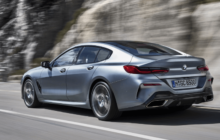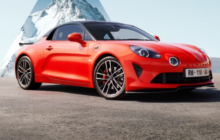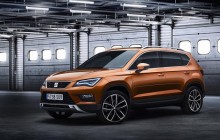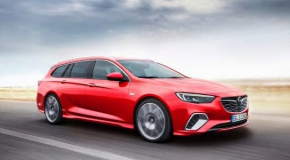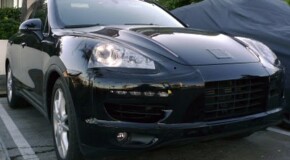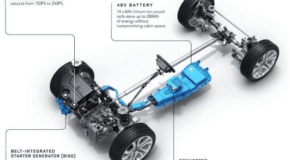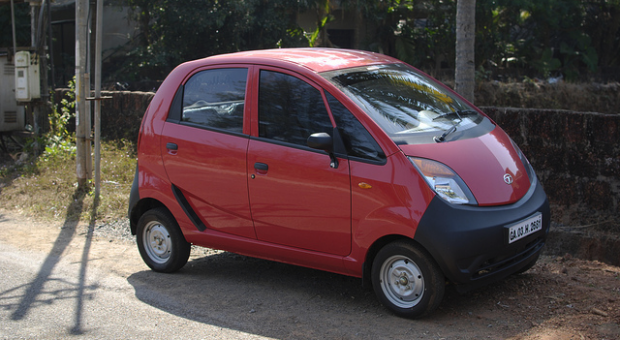
Epic Fail: Tata Nano Is A Big No-No
Based in India, the Tata Group is a company that is known for being a part of many key industries, including the automotive sector. People in the United Kingdom will be aware of Tata because they are the owners of Jaguar Land Rover (colloquially known as “JLR”) and because of their connection with the steel industry.
But back in India, their Tata Motors division produce a number of cars, utility vehicles, trucks and military vehicles, and are the country’s largest automaker. One car in particular has hit the media spotlight, but in both a positive and negative way; the car in question is the Tata Nano.
What is the Tata Nano?
In essence, the Tata Nano is a no-frills car aimed exclusively at India’s middle classes. India is one of the world’s most poorest countries, and not many people can afford to buy a luxurious or semi-luxurious car (and by luxury, I mean the interior and exterior features you would commonly associate with virtually all modern cars sold in developed countries).
It was actually billed as the world’s cheapest car, costing just a little over £1,200 to buy brand new! Indian motorists were looking forward to checking out and buying such a car, especially as the country is looking to improve its road infrastructure – it’s not exactly one of the safest countries to drive in around the world!
According to Motorpoint (a used cars London dealer), being a no-frills car means that you end up with a car that has considerably fewer features than what you’d get in a car sold for European markets. Here are some of the reasons why it is billed as a no-frills car:
It is powered by a small 37 brake horsepower two-cylinder SOHC engine, and probably wouldn’t be much use on Indian highways due to the small amount of power, although it does apparently have a top speed of 65 mph;
You can’t open the tailgate (a hatch wasn’t added to save on manufacturing costs);
No airbags on any model;
No air conditioning on the base model;
CD player and audio system are optional;
No power steering (although it’s not needed due to the car being so light);
It only has a 15-litre fuel tank;
The dashboard and interior is basic, and cheap, in all senses of the word.
Why is it an epic fail?
You may be wondering why the car is an epic fail, going by the title of this blog post. Unfortunately, there are many reasons why this car has met with a somewhat mixed response in India.
The main issue is of safety. There were several reports of cars becoming engulfed in flames, with the source of the fire originating from the back of the car (the engine is mounted in the rear of the car).
More recently, there was the fact that, in recent Global NCAP safety tests, the car scored a pathetic 0 out of 5 stars, even though Tata ‘expected’ the car to have 4 out of 5 stars, and now has the unfortunate label as being one of India’s most dangerous cars!
Another reason why it is an epic fail is because the company seems to have completely missed the point about why they were creating the car in the first place; it was supposed to aimed at India’s middle classes, not a cheap and cheerful car for anyone to buy.



